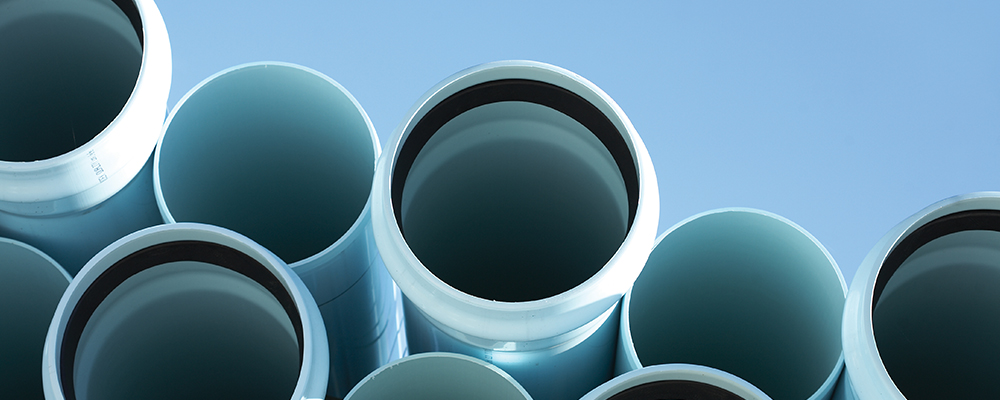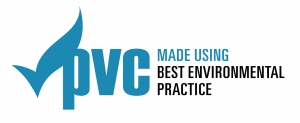Best Practice PVC - Have your say
Launched as a product verification scheme in 2010, Best Practice PVC sets stringent criteria for manufacturing PVC products and addressing their end of first use. Best Practice PVC products, independently verified as fully compliant wit the scheme, are recognised in Green Star building rating tools, as well as other public and private procurement policies in Australia.
In this first major review of the scheme and its criteria, proposed by the Green Building Council of Australia to be conducted by the Vinyl Council, we are seeking feedback on aspects of PVC manufacturing and supply chain performance globally that may lead to updating or including new criteria to represent current 'best practice'.
We have released a Consultation Paper on potential scheme criteria and invite your input on the future direction of the scheme. Options outlined in this paper were drafted based on the proposed, revised approach of the Green Star building rating tools to building products (refer to Green Star Future Focus), the existing PVC Stewardship Program, and current trends in PVC manufacture.
In this paper we pose questions on:
• Potential gaps in current Best Practice PVC criteria;
• Alignment with the PVC Stewardship Program and other schemes’ criteria;
• Possible approaches to be introduced;
• Other issues that a future scheme might include.
We want to hear from you!
We ask that you consider the current and proposed scheme criteria and strategic options discussed and provide input by 7th July 2020. You can provide feedback by:
- Using this form (MS Word) and emailing it to This email address is being protected from spambots. You need JavaScript enabled to view it.
- Through SurveyMonkey: https://www.surveymonkey.com/r/BEPupdate. The survey will take only 10 minutes to complete.
Your feedback will be kept confidential, and any published results will be aggregated and anonymised. Your contact information will be taken and retained solely for the purpose of reviewing and improving the Best Practice PVC scheme.
Find more information on Best Practice PVC and PVC product recognition in Green Star here.
Download the Consultation Paper and feedback form.
In Construction - In Greenstar - Best Practice PVC Product Register

Best Environmental Practice PVC Product Register
The Vinyl Council's Best Environmental Practice (BEP) PVC trade mark is awarded to BEP compliant PVC products upon application by any manufacturers or suppliers in accordance with our License Terms and Conditions, and applicants must provide evidence of the independent assessment of compliance with the Best Environmental Practice PVC v2.0 Guidelines (PDF).
Upon receipt of evidence of compliance the products are recorded in the below Register by product category and the BEP PVC licence mark is issued to the applicant, under licensing agreement with the VCA. The BEP PVC mark signifies the products have been found by independent auditors to be fully compliant with the Best Environmental Practice PVC Guidelines.

Source BEP-accredited PVC products from our register below:







